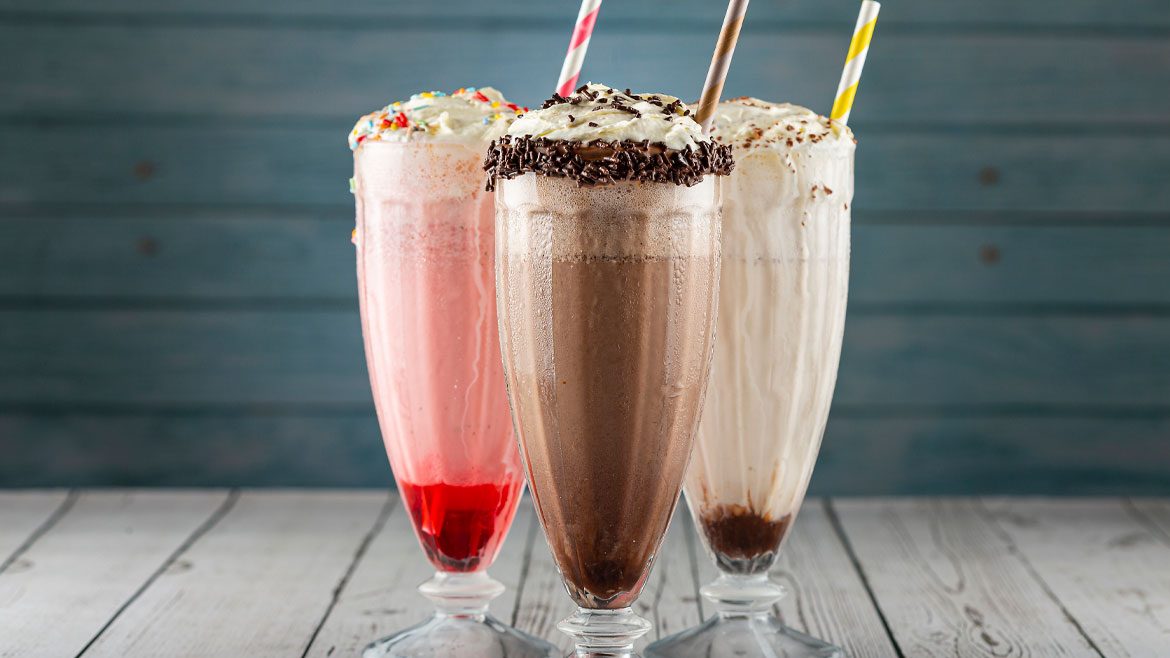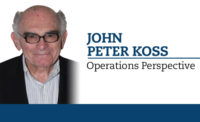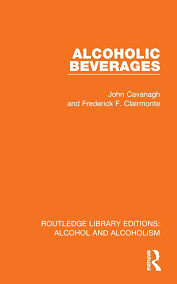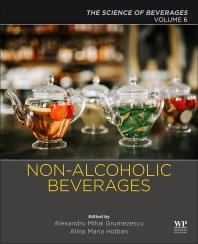Operations Perspective
Manufacturing marketing decisions impact operational tasks
Co-packers should use same evaluation process when adding SKUs
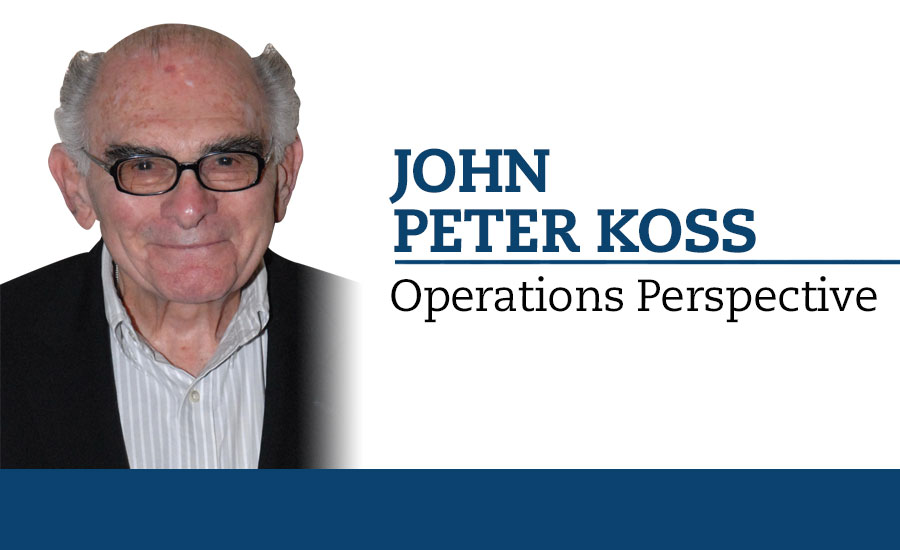
Observations, studies, research and experience in a broad variety of retail stores have generated significant, timely and technical concerns and questions. The number of brands, products and packages displayed on the store-length gondolas in the beverage section pose the first question: who created all these SKUs, and why?
Checking the marketplace, not too many beverage producers or contract packers have given much thought to answering that question. However, it is the first part of a necessary and collaborative effort and procedure executed among several functional departments in almost all beverage enterprises.
Although variable in their organization structures, these functional departments are usually marketing/sales, operations/engineering and finance — the main disciplines involved in the process.
The first part is marketing/sales because, traditionally, the group creates packages for numerous reasons: competition, economics, new products, demographics, consumer demand, and answers the questions of who and why?
The second part is operations/engineering because capacity and capability must be available for manufacturing the marketing creations, as well as provide marketing with assurance that the proposed creations can be manufactured in-house or consider other options, and answers the question of “how.”
The third part is finance because the generation of changes to new or existing product menus will always involve monetary expense. Basic items, machinery, materials and labor must be evaluated to properly determine project validity and match expected investment return.
From a marketing viewpoint, the goals are to be competitive, satisfy customer demand, maximize sales and generate profit. To achieve such goals, marketing must collaborate with operations/engineering to confirm that what is required can be manufactured. From past experience, necessary collaboration (specific details) or coordination (timing), might not have been effective, which leads to the issue of justifying package entry into the manufacturing cycle.
Therefore, making manufacturing marketing decisions demands justifiable results that take into consideration the expense of making the desired products. The marketing decisions must satisfy their goals, but the expense-justification must consider manufacturing capability before a product/package project is approved and executed.
It is undeniable that beverage producers across the total spectrum of brands and types of liquid refreshment rarely — if ever — decide what the production schedule will be. That important factor is mostly determined by marketing research addressing demographics, competition, packaging and more.
From an operations perspective, manufacturing managers are presented with a menu of products that require comprehensive analysis of manufacturing capabilities — in other words, determining what kind of an infrastructure is needed to produce beverages proposed on the menu using the following questions:
- Will existing equipment accommodate the package?
- Are speeds adequate to provide required volumes?
- Will support systems support package requirements?
Answers to all these questions require collaboration and coordination.
From an engineering viewpoint, plant engineers are confronted with the task of reviewing, analyzing and evaluating existing machinery/equipment and systems to determine what can or cannot be produced — a feasibility study — to establish needs in terms of adjustments or additions and related time schedules that might be critical to the project because most items usually are not available in a vendor’s inventory or are custom made. In addition, technology is changing so rapidly that plans must include short- and long-term options when payback justifications are being made.
From a finance perspective, the focus considers the costs involved for machinery, equipment, raw and packaging materials, and most importantly, the availability of these items on a timely basis. In addition, finance must consider projected product and/or package life, which becomes a vital factor in calculating return on investment over established payback periods and levels.
The collaboration and coordination required could present a volatile situation that requires establishing realistic marketing needs, operations capabilities and financial justifications. The real-time protocol: marketing/sales, operations/engineering, finance/justifications are not an unusual situation in the beverage industry.
The manufacturing marketing decision process, procedure or protocol basically applies to beverage producers; however, many producers, in lieu of incurring investment debt to expand or upgrade their own capabilities, use contract packers and independents who also should use the outlined protocol. The collaboration/coordination aspect might be more difficult to execute because the players are different, but the expected results should be the same.
Looking for a reprint of this article?
From high-res PDFs to custom plaques, order your copy today!

